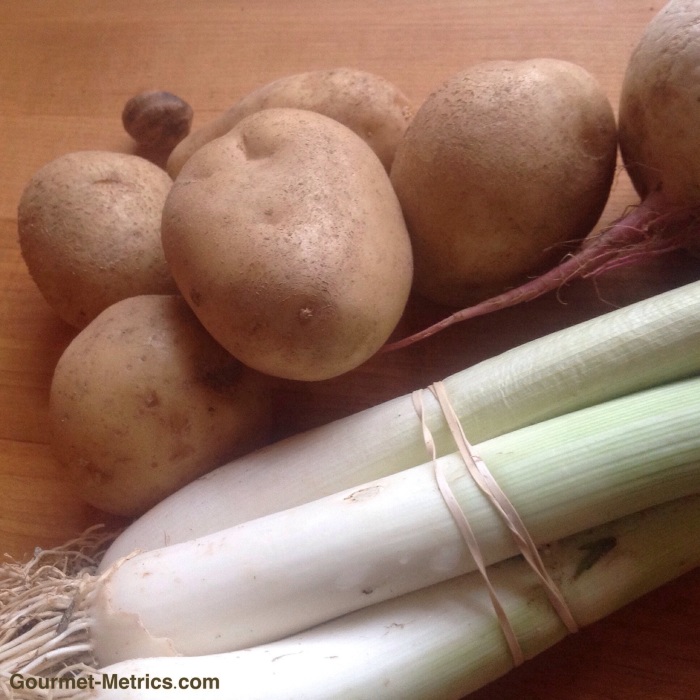
Veggie burgers were born during the 1980s. The rational was simple – concentrate or extract the protein component of a plant instead of using muscle meat. Next enhance using texture modifiers, colors, flavors to form a flattened, rounded patty that resembled a ground beef paddy. These original veggie burgers were clearly ultra-processed.
An alternative method was to use an intact food like black beans or mushrooms. Since I am partial to the intact food approach, I have always favored for black bean version. So when I found a new black bean burger “chef crafted with caramelized onion”, I decided to give Actual Veggies Black Bean Burger a try.
Like every other veggie burger in the freezer unit of an American supermarket, Actual Veggies meet the criteria for an UPF – an industrially formulated mass produced food product with considerably more than 5 ingredients.
There are good reasons to be cautious with UPF. A decade of research, most of which has been done outside the US, has established significant correlation between percentage of ultra processed food products in the dietary pattern and negative health outcomes. On the other hand, avoiding UPF means systematically avoiding convenience products and about 70% of the food currently sold in our supermarkets.
Not an easy decision especially if you’re a working mom or dad and depend on convenience to feed the family. Even tough for folks like me who prefer the taste of freshly prepared but welcome a break from the daily grind of scratch cooking. So the question then becomes, where do we draw the line between acceptable convenience and frivolous indulgence.
The best place to start thinking about making a decision is to start with an ingredient list.
The Actual Veggies burger list reads as follows: Black Bean, Carrot, Parsnip, Oat, Yellow Onion, Red Onion, Red Pepper, Chickpea Flour, Lemon, Spice Blend (Ovata Seed, Kosher Salt, Garlic Powder, Paprika, Chili Powder, Cumin, Black Pepper).
There are no added colors, no added artificial or natural flavors, and no texture modifying agents like xanthan gum or lecithin or methylcellulose. On visual inspection, I can see the black beans are intact and I can see small flecks of red pepper. The rest of those vegetables however have lost their individuality and become part of the puréed mass that holds the burger together.
I do see one “unfamiliar” ingredients I don’t keep in my kitchen cabinet – ovata seed. In fact I’d never heard of ovata seed until I read the ingredient list. Here’s what came back from a Google search. Plantago ovata is a common medicinal plant widely cultivated in tropical regions of the world. The outer seed coat of P. ovata, obtained by cleaning the seeds, contains soluble and insoluble fibre in a ratio of 7:3, making products containing P. ovata husk an ideal source of health-beneficial fibre.
Time savings are significant – I didn’t have to make my own black bean burger or bake my own brioche bun or mix up a batch of home made mayonnaise.
There’s a taste test to follow of course, but in terms of degree of processing, Actual Veggies burger gets a yellow dot. 🟡
THE VIEW FROM MY KITCHEN WINDOW
Always important to remember that people eat food not ingredients. That means the burger needs to be all dressed up before I take my first bite or run the numbers. Besides the Actual Veggies, I used an artisan brioche bun from a local Northeast regional baker, some olive oil for frying. I also added a couple slices of tomato, some mayo, and lettuce.
I’m happy to report that my Actual Veggies burger passed my taste test.
The calories clocked in around 400 / 450. Nutrient analysis reflects 11 grams protein (plant based protein for the sustainable crowd), 8 grams dietary fiber, and a serving of vegetables (Actual Veggies, lettuce, tomato).
The sodium does look high and there’s not enough potassium to balance the potassium:sodium ratio. The sodium comes from ultra-processed foods (my brioche bun, the mayo, the Actual Veggie). But honestly, if I had done it all from scratch, the sodium would have roughly comparable.
The CDRR for sodium is 2300mg per day independent of age, gender, or lifestyle. The Advisory Committee DGA2025 meeting #6 this year made a sobering assessment regarding sodium reduction in US dietary patterns. Sodium exceeds 2300mg even when criteria are applied to identify lower nutrient density foods. My reading of that assessment is Americans are going to have to adjust to a No Added Salt dietary pattern to comply with the CDRR. And I’m not sure setting such an austere goal is helpful. Or even attainable without enlisting the food police.

